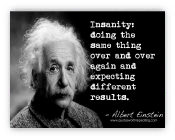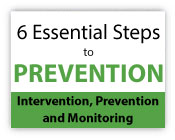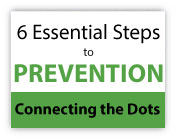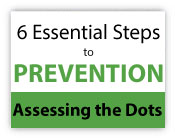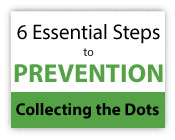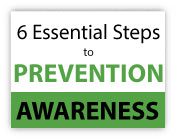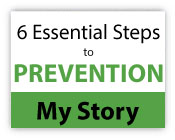Workplace Violence…Einstein and Pro-Active Prevention
In light of the horrible tragedy in Virginia where a television reporter and cameraman from WDBJ-TV were shot and killed by a former colleague during a live report on tourism, it is time to take a deeper look at the data and what can be done to prevent workplace violence related incidents and tragedies. Of course everyone agrees PREVENTING is BETTER than REACTING…so if everyone prefers PREVENTING, why are organizations seemingly in continuous REACTION MODE? Connecting the dots… My “return on prevention” experiences go all the way back to 6th grade and my professional experiences include 30+ years doing assessments (threat, risk, cyber security, physicalRead More →
